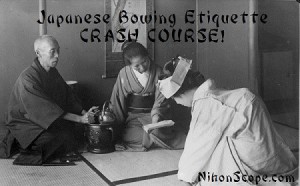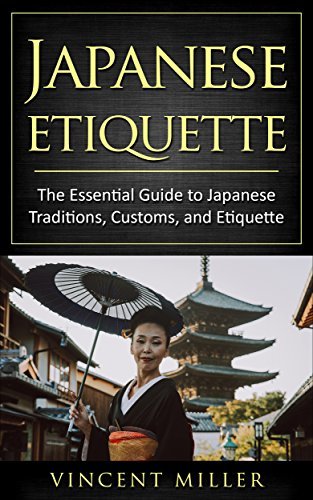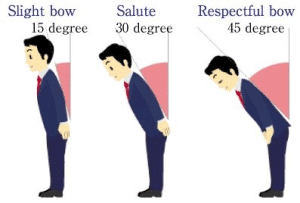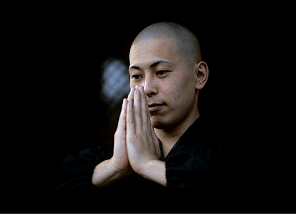 Learn Japanese Bowing Techniques and When to Use Them!
Learn Japanese Bowing Techniques and When to Use Them!
If you’re totally confused about when to bow in Japan, this quick crash course guide and videos will give you an idea of when and how to use these bowing methods.
The more I researched into this field of etiquette the more I found that it’s not as easy to really completely master and understand. But, it’s good to note that the Japanese do not expect foreigners to bow and really understand the nuances of this social custom, so for those who are visiting don’t sweat it, but I still suggest do as the Japanese do and learn these three basic bowing customs. This video here though is good to take note of as it will show you several examples of other types of bowing body language that you may see while in Japan.
While you’re in Japan or if you are watching movies about Japan or Japanese people or their culture you will notice that when watching the Japanese bow, the person initiating the bow is expressing appreciation and respect to the other person which is being bowed to. When a person bows, they bow from the hips, not the chest. But it can be used to say hello, good bye, thank you, I’m sorry or, I’m EXTREMELY sorry and many other types of expressions.
There are three different types of bowing in general in every day use in Japan and it really all depends on how deep one bows from the waist/hips when it is performed. The first is the most casual bow, it’s called ‘eshaku’. Eshaku is when the bow extends from the waist at about 15 degrees, it is also common to dip the head slightly and your gaze is straight out from the level of the head. This eshaku is preformed in casual greetings or if you happen to pass by someone of a higher social status then you.
It’s also proper to speak when passing or meeting, but if you add eshaku while saying thank you it will further the expression of how you feel towards being grateful towards the person. It’s said that %7 of our words convey what we really say to another, but our body language is what is really speaking, and the Japanese truly want to express themselves through the act of body language instead of just language, which is quite interesting, being that some western body language is barely seen at times when someone is conveying gratitude or appreciation, yet feels it!

The second most common situation with bowing is called ‘keirei’ bow. This is generally used for business interactions. The bow comes from the waist, and the torso of the body reaches down to about 30 degrees. It’s used when leaving or entering reception and meeting rooms as well as when meeting or greeting a customer.
 The third is called ‘saikeirei’ and it is the most polite bow. It’s extends down to 45 degrees and is used for express extreme feelings of thankfulness ‘Domo arigatou gozaimashita’ or if it needs to be a very sincere apology. ‘Gomenasi!!!’.
The third is called ‘saikeirei’ and it is the most polite bow. It’s extends down to 45 degrees and is used for express extreme feelings of thankfulness ‘Domo arigatou gozaimashita’ or if it needs to be a very sincere apology. ‘Gomenasi!!!’.
 There is another custom that can be noted here as well. There is a gesture called ‘gassho’ which is clasping of the hands. It’s a gesture of putting the palms of both of your hands together in front of your chest. This gesture originally comes from Buddhism, and being that most of Japan is Buddhist it’s fair to say that this custom is common. It’s custom to ‘gassho’ before and after when it eating.
There is another custom that can be noted here as well. There is a gesture called ‘gassho’ which is clasping of the hands. It’s a gesture of putting the palms of both of your hands together in front of your chest. This gesture originally comes from Buddhism, and being that most of Japan is Buddhist it’s fair to say that this custom is common. It’s custom to ‘gassho’ before and after when it eating.
‘Itadakimasu’!
Which is a word that means ‘to receive’ or ‘accept’, it’s a way to express thankfulness towards the food and who prepared it. But at times could also come off like ‘LETS EAT!’.
Here is a great video with a bit more bowing etiquette within it! It’s great to actually hear stories from an actual Japanese person about bowing, you really can start to understand it a bit more by seeing it through their eyes.

